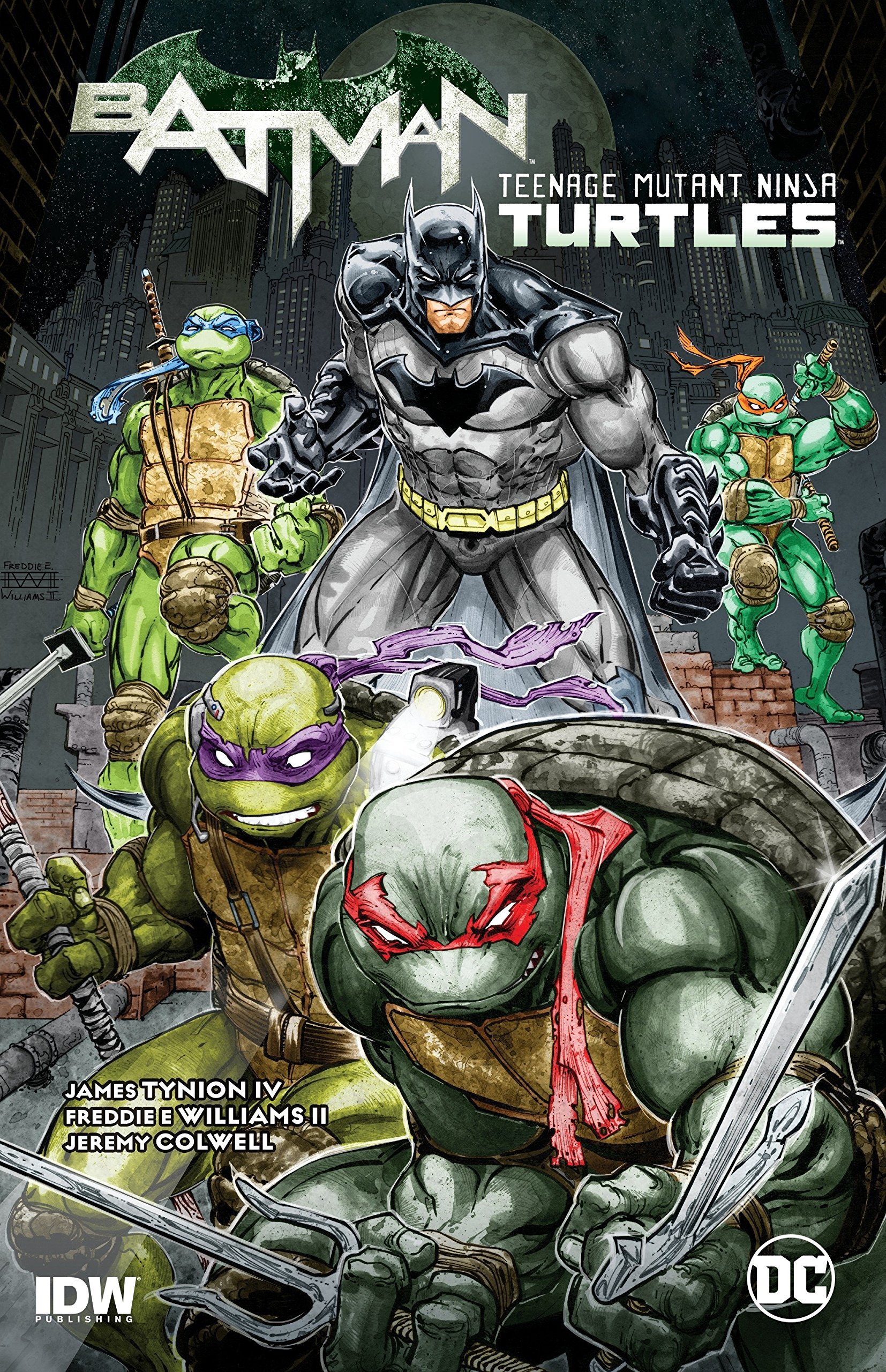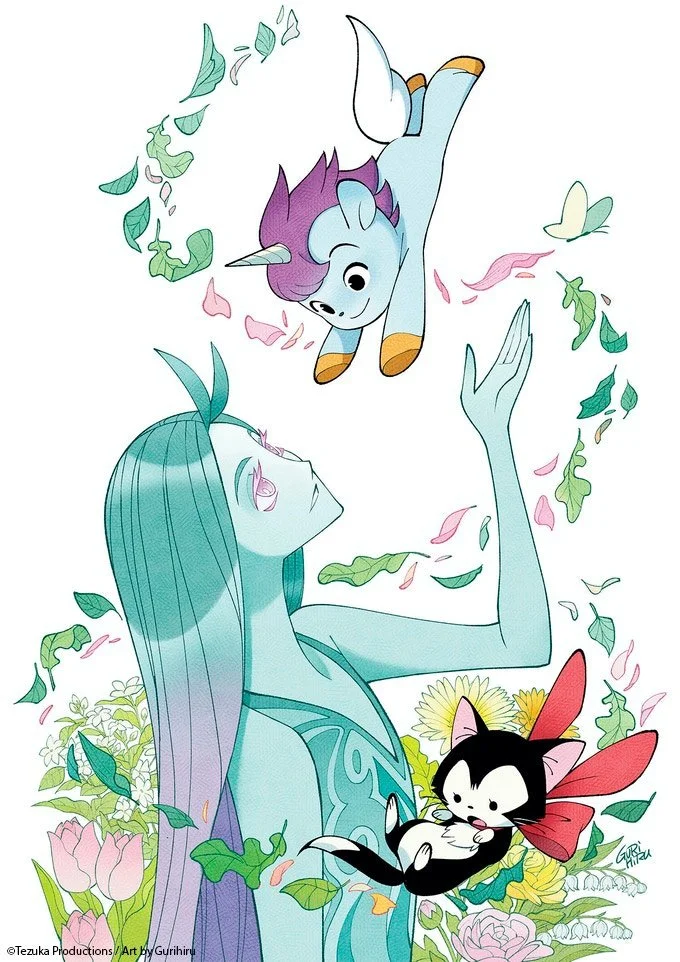The Man Without Fear...By The Year: Daredevil Comics in 1988
By Bruno Savill De Jong — It’s 1988. The Soviet Army withdraws from Afghanistan, students and Buddhist monks protest military rule in Burma, Rush Limbaugh began his conservative talk show and Toni Morrison won a Pulitzer Prize for Beloved. People are listening to “Fuck tha Police,” watching Die Hard and reading Daredevil.
Written by Ann Nocenti (250-257, 259,260), Fabian Nicieza (258)
Illustrated by John Romita Jr. (250-257, 259-260), Ron Lim (258)
Inks by Al Williamson (250-257, 259-260), Jim Sanders III (258)
Colors by Max Scheele (250-257, 259-260), Bob Sharen (258)
Lettered by Joe Rosen (250-257, 259-260), Diana Albers (258)
“The world is falling apart,” Karen Page tells Matt Murdock. Crack is sweeping the sweets (not to mention AIDS), there are holes in the ozone layer, politicians are all corrupt, and the Cold War threat of Mutually Assured Destruction is heating up again. The world is a dark place, and comics are entering their own ‘Dark Age’ inspired by the mature works of Watchmen and Daredevil itself. 1988 was when readers voted for Robin to be brutally murdered in Batman: Death in the Family.
Ann Nocenti made political statements in the work before, but 1988 focuses on the Kelco Corporation squashing environmental activists. Meanwhile everyone seems obsessed with doomsday, from the son of black ops Agent Bullet, Lance, constantly preparing for nuclear annihilation, to the citizens of New York assuming the X-Men “Fall of the Mutants” event is the approaching apocalypse, and acting accordingly.
Ironically, 1988 was a big step towards nuclear disarmament, with the Doomsday Clock actually going backwards this year. Yet maybe such steps were made due to the mounting pressure around apocalyptic thinking. 1988 opens with a Japanese-American teacher educating his class on the horrors of Hiroshima. Daredevil will later remark his powers were the result of radioactive exposure, while young Tyrone blinded by chemical waste has no such advantage. Daredevil is the product of the optimistic ‘60s “Atomic Age,” when nuclear power was less understood, but while the resource remains its image has become far more skeptical.
1988 often refers to the past, with Daredevil “dating himself” with talk of “love not bombs,” eco-warriors called “old hippies,” and even Fabian Nicienza’s solo fill-in issue features Willie Lincoln (from Stan Lee’s favorite, 1968’s Daredevil #47) being haunted and stalked by a Vietnamese villager. The threats and concerns facing Daredevil are not new, exactly. Instead they have always been here, merely evolving and reforming beneath the surface.
This is also true of Daredevil’s major foe, the Kingpin, who secretly owns Kelco. In Born Again, the Kingpin came to symbolise aggressive capitalism, being self-described as “American free enterprise” which Daredevil was hindering. Nocenti does something similar here, having a corrupt General stammer how “the government must cooperate with the corporate realm – politics and business working in tandem is what makes this country… uh… great” to meekly justify why Agent Bullet must shut down the anti-Kelco environmental protestors .
Although Kingpin himself is not only in this for the money. In fact, an underling points out the high-profile court case is unprofitable. But Kingpin is incensed Matt was not fully destroyed by Born Again, and wishes to destroy his faith in the justice system. Nocenti’s run can be bitterly cynical at times, yet she frequently proves the Kingpin wrong; Tyrone’s family successfully sue Kelco and Kingpin loses partners by forcing them to work on Christmas (a sentimentality he cannot understand).
Still, Daredevil does (as always) struggle this year. Matt only reluctantly became a lawyer again at the end of last year, and despite technically being disbarred in 1988, he advises and “ghost-lawyers” folks through his Free Clinic. Yet this faith in the law wanes when Agent Bullet gets off free for murder, even afer confessing, making Matt conclude the law is “worthless scrap paper… tons and tons of litter!” Matt even questions if he, as Daredevil, can even enforce the law since he exists outside of it, and that not everything “unethical” is necessarily illegal (or vice-versa).
Daredevil also doubts what he does as his costumed alter-ego. He fears he is like “Mutually Assured Destruction,” a deterrent that only leads to escalation. Daredevil wants to join an anti-Nuclear demonstration, but gets shunned for representing violent forces which reinforce the status quo. When Bullet attacks Daredevil during the rally, a bystander says “they don’t care who they destroy! Long as they have their stupid fight! And over what? Probably nothing! Like two little bullies in a sandbox, fighting over a piece of turf!”
“Bullies” is thrown around a lot in 1988. The title of Daredevil #257 is “The Bully,” featuring a disgruntled pharmaceutical worker putting cyanide inside aspirin capsules since he’s been “bullied” by the new computer system which has made him irrelevant. Daredevil and The Punisher both track him down and fight over him, but the killer looks on and thinks the two are similar, “both bullies” who want to decide his fate like he isn’t even there.
Matt will also approach Foggy Nelson (whom Kelco hired as their corporate lawyer) with a sanctimonious speech about being on the wrong side. Glorianna O’Brien calls Matt out on being a “moral bully” who lords his superiority over Foggy. Indeed, Daredevil does seem more uptight than usual this year. He hassles a harmless street three-card monte dealer, vaguely menaces a juror who might be blackmailed, and acts “disgusted” by a kid who watches violence during the anarchic “Fall of the Mutants”' blackout.
Yet Nocenti builds up this unpleasantly superior side of Matt in order to pull him down. Just as he was finding peace with Karen and the free clinic, Nocenti introduces Typhoid Mary, a dynamic foil for Daredevil who gets under his skin. Like Elektra, Typhoid Mary is an assassin who only kills criminals. Yet Typhoid is not stoic like Elektra, instead revelling in the destruction around her, making erotic monologues or having sex amongst a burning horse of corpses. Kingpin hires Typhoid to destroy Daredevil’s “heart,” which she does through pestering Daredevil as Typhoid (saying their rooftop battles “aren’t fights. It’s play. It’s sexy”) and seducing Matt as her civilian alter-ego, Mary.
See, Typhoid Mary has a split personality; the aggressive superpowered ‘Typhoid’ and the submissive docile ‘Mary.’ It seems Typhoid can unleash and control Mary, but not quite the other way around. Nocenti has said her creation came from being “just sick of how females in comics were either goody girls or witches and wanted to shatter the female thing by making her all types rolled into one.” Typhoid Mary’s abrasive sexuality – even hooking up with Kingpin himself – makes her a captivating character that collapses gender stereotypes in on themselves, including when she “takes over” Mary and mocks her as a “slut” for her burgeoning feelings for Matt. Typhoid Mary literalises the split-personality of superhero secret identities, especially when Daredevil #256 parallels the two returning home after their fight, both needing showers to wash off the “dirt” (and impure thoughts) their tussle inspired in each other.
Karen Page can feel Matt drifting away, and even their domestic bliss or crime-fighting partnership – Karen using her old sex-worker contact to trace down trafficked kids – is unsettled by Matt’s continued emotional and sexual (or at least kissing) affair with Mary. So far it’s unclear whether Mary/Typhoid are using mind control to tempt Matt, or if Matt just tends towards self-destructive behaviour. But Daredevil’s convoluted love-life is an enduring part of the character, and Nocenti makes such tension ring out with rich romantic melodrama.
This emotional inner-turmoil is matched by the impressive action sequences in 1988, pencilled by newcomer John Romita Jr. JRJR is now a big name in comics, himself the son of legendary John Romita Sr., who worked on Daredevil in 1966. But Romita Jr. was finding his feet in 1988, coming off a stretch of Uncanny X-Men with Chris Claremont. In my opinion, JRJR’s X-Men artwork is lovely (X-Men #183 being a personal favorite), but he felt creatively stifled there. Coming onto Daredevil was a “turning point,” as JRJR was allowed to do full pencils and had a working relationship with Nocenti that made him part of the creative process. JRJR was “ready to walk from the industry,” but working on Daredevil pulled him back in.
Daredevil was also a shift in JRJR’s art style. His earlier layouts and pencils were more traditional, but in Daredevil you can see the typical Romita Jr. hallmarks of flat faces, sparely detailed figures with vigorous crosshatching, and dynamic layouts. JRJR can be divisive amongst fans, with many accusing him of lazy, disproportionate figures. But while I cannot defend his entire output, I’ve never held JRJR to “realism” any more than Frank Quietly or Bill Sienkiewicz. Instead, Romita Jr. delivers sleek and striking figures – expertly inked here by Al Williamson – that elevate these issues into bold and kinetic sequences with memorable artwork.
1988 concludes with Daredevil #260*, a brutal giant-sized issue where Daredevil is worn down through multiple enemy attacks. Typhoid has discovered her “Mary” persona is holding her back from finishing Daredevil, so she hires other villains from Nocenti’s run (Bushwacker, Bullet, Ammo, the Wildbacks) to take Daredevil down. These rogues manage to dismantle Daredevil: ripping off his costume, breaking his ribs and rendering him unconscious as they kick his body. Finally, Typhoid Mary throws him off a bridge, saying she must kill him because she loves him. The world is often ending in superhero comics, but this time Daredevil could not stop his own world from collapsing, sex and death (enemy and lover) collapsing in on themselves until his personal life is (again) rubble.
*Daredevil #260 is only the penultimate issue of 1988, but it felt more thematically appropriate to tackle the after-effects next time.
Read classic Daredevil Comics!
Check out past installments from The Man Without Fear…By The Year!
Check out Bruno Savill De Jong’s last regular series, Gotham Central Case by Case!
Bruno Savill De Jong is a recent undergraduate of English and freelance writer on films and comics, living in London. His infrequent comics-blog is Panels are Windows and semi-frequent Twitter is BrunoSavillDeJo.
















